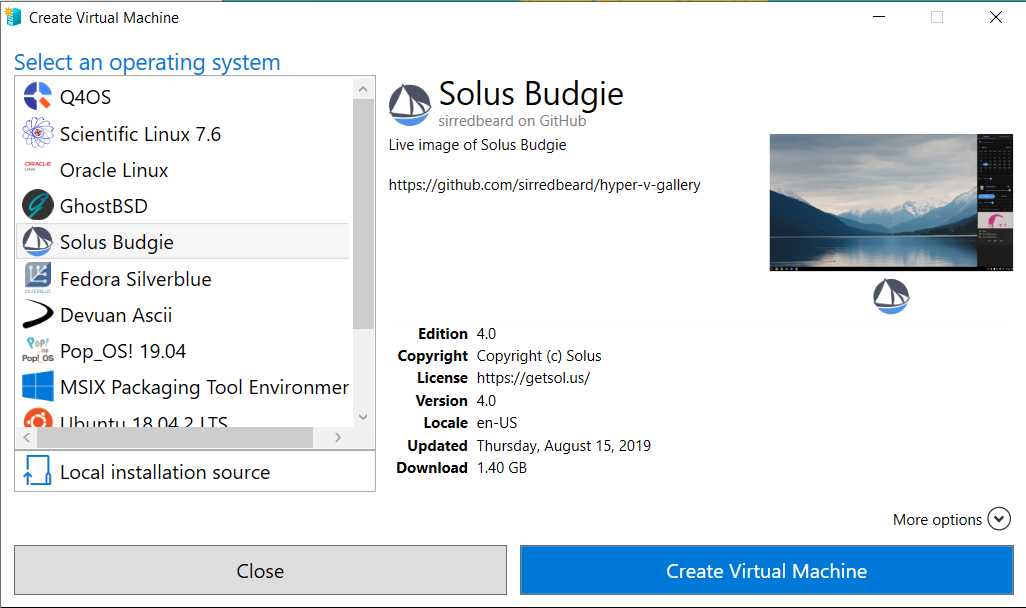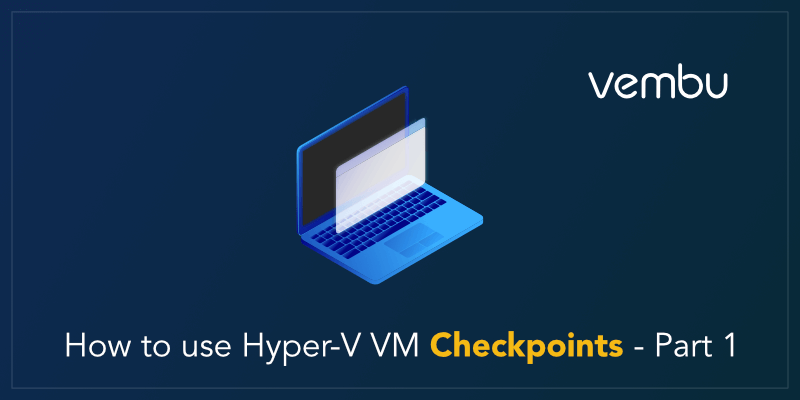

However, only 64-bit architecture is supported.Īllocate enough RAM for the guest operating system you want to install. Generation 2 allows you to use more recent virtual hardware and benefit from UEFI firmware (instead of an old BIOS), secure boot, TPM (available since Windows Server 2016).Generation 1 provides compatibility with older versions of Hyper-V and support for 32- and 64-bit operating systems.Provide a name for your new virtual machine. Then, right click "New -> Virtual Machine". To begin, once Hyper-V is installed on your server running Windows Server 2016, launch the Hyper-V manager. Automatic update of Hyper-V integration services from Windows 10.

So in this tutorial, we have installed a Hyper-V server on Windows Server 2016 (the method remains the same as for Windows Server 2012 R2) and we will create a virtual machine on Windows 10 v2004 圆4 to show the new method of installing these Hyper-V integration services. Indeed, although the virtual machine creation wizard is always the same, you will see that the installation of the drivers (commonly called "Hyper-V integration services" until Windows Servers 2012 R2) is not done not like before. Installing a virtual machine on a Hyper-V server on Windows Server 2016 differs slightly from previous versions of Hyper-V.


 0 kommentar(er)
0 kommentar(er)
